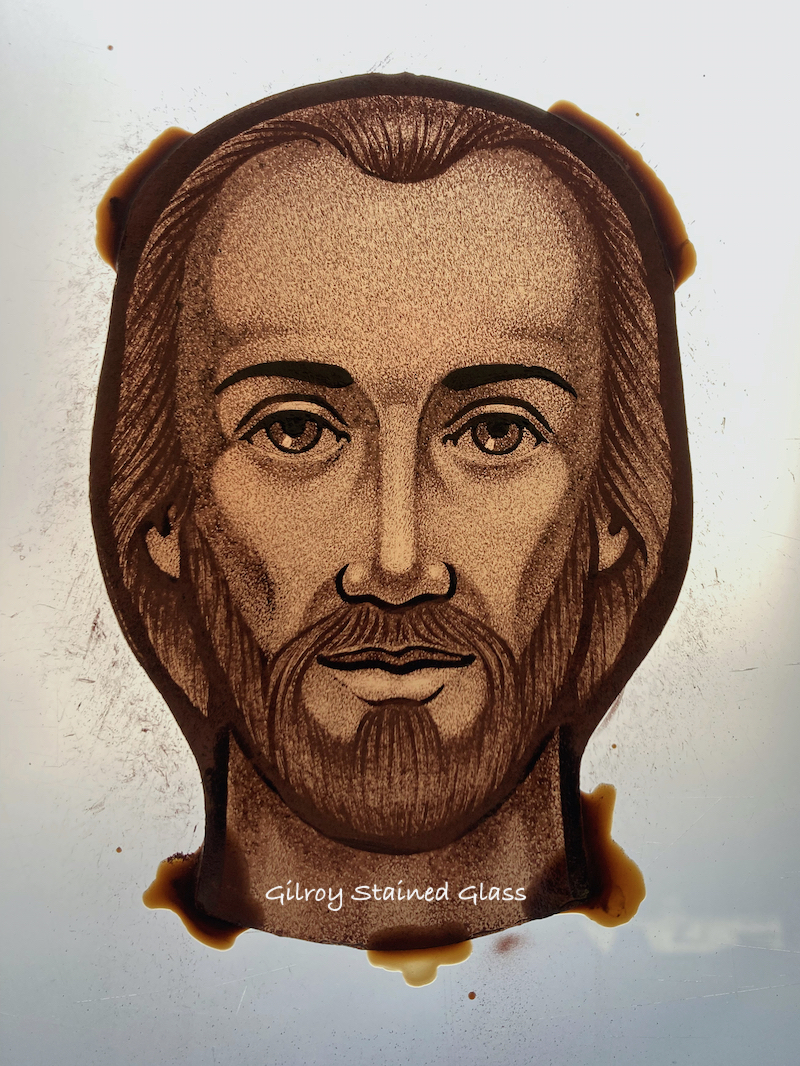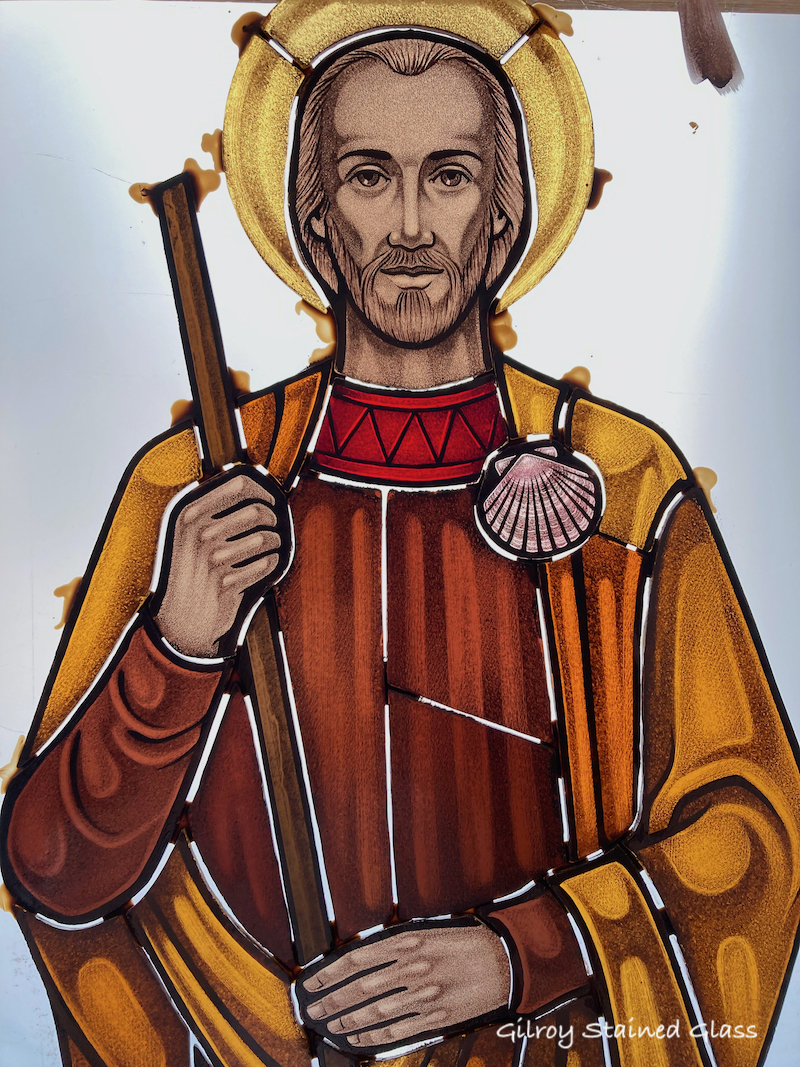

Laura and I really enjoyed following the Olympics, and were in awe of the skills and abilities on show and appreciate the thousands of hours of practice and hard work that goes into honing those. Laura’s Grandfather Bert Bellew won a silver medal for Canada at the 1930 Empire Games as a rower in the coxless fours. I read an article that the 1948 London Summer Olympics were the last to include the arts as disciplines as well as the familiar sporting type, and I came across a fellow Irishman Christopher Campbell whose work was part of the painting event. Campbell also worked in stained glass for the Harry Clarke Studio in the 1930s. I think we could be missing a trick here, think about it, stained glass themed tasks mixed with the 110metres hurdles. It’s the type of sport you never thought you needed in your life, but one you would never forget seeing.
Now back to my theme, painting heads and hands. We were heavily influenced by artists who believed that the way that light was refracted through the glass was just as important as the tonal values of the paint itself. It’s an outlook that harkens back to medieval times, although painting then was more line focused, and the jewel like qualities of those windows that still shine so beautifully today. These windows are being fitted 20ft up in the clerestory, so the the viewing angle will be at least 30ft away. To compensate for this we were encouraged to paint “boldly”, and to make the light work to your advantage to bring out those tones, semi-tones, and highlights. Stained glass artists don’t need reminding that painting takes hours of practice and honing of skills. We may not be able to row like Grandad Bert (Laura’s very proud), but with hard work we may be able to paint like Christopher, the Olympian.
John
